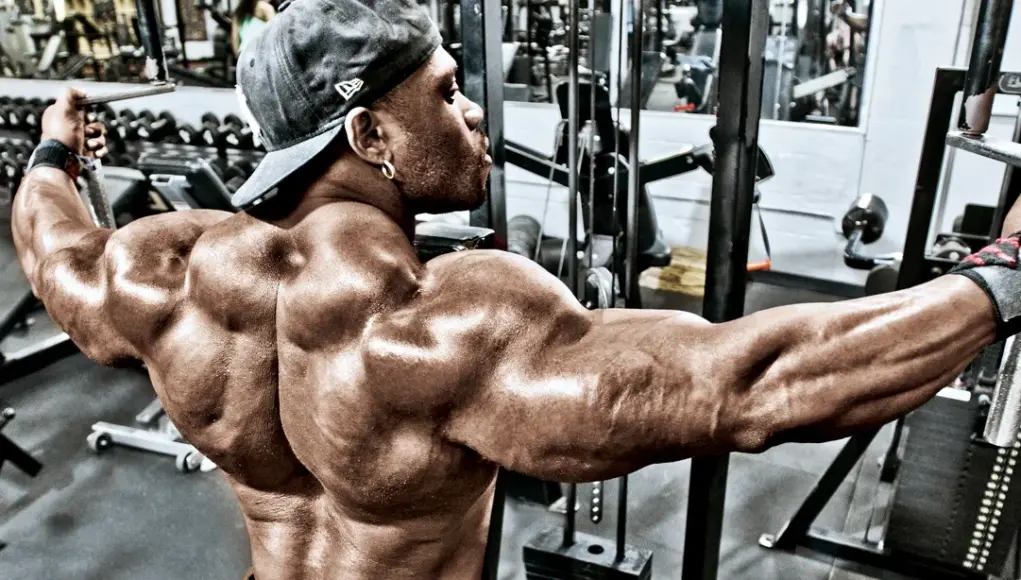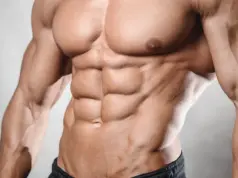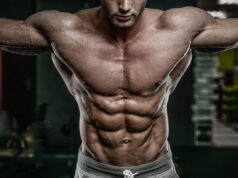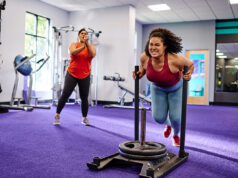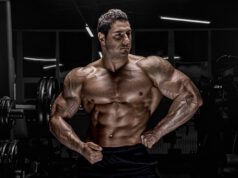Bodybuilding vs. Strength Training
When stepping into the gym, one of the first questions many lifters face is whether to train for muscle size (hypertrophy) or strength. While both bodybuilding and strength training involve lifting weights, their goals, training methods, and outcomes differ significantly.
Bodybuilders focus on muscle aesthetics and size, while strength athletes prioritize maximum power and performance. But does one method produce better results than the other?
Why do bodybuilders look stronger than they are, while powerlifters often appear less muscular but can lift enormous amounts of weight?
This article breaks down the key differences between bodybuilding and strength training to help you decide which approach best fits your fitness goals.
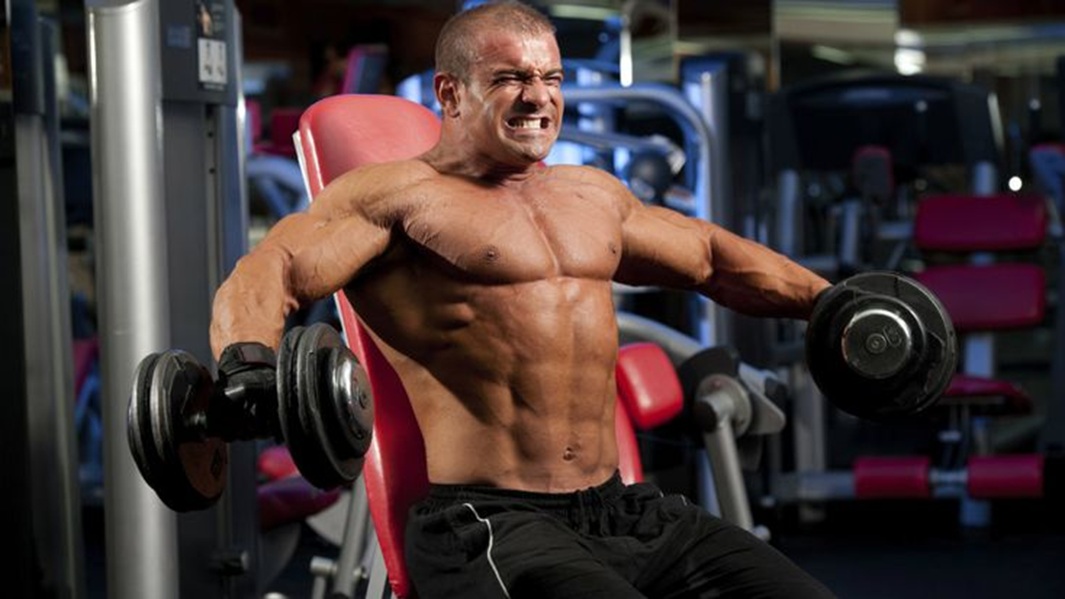
The Key Differences: Strength Training vs. Bodybuilding
While both disciplines involve resistance training, their training styles, rep ranges, and goals set them apart.
- Bodybuilding (Hypertrophy Training): The primary goal is to maximize muscle size, symmetry, and definition. Workouts focus on controlled movements, higher volume, and a focus on the mind-muscle connection.
- Strength Training (Powerlifting, Olympic Lifting, Strongman): The main focus is on maximal force production. Lifters train with lower reps and heavier weights, focusing on compound movements to increase raw strength.
Training Approach: Volume vs. Intensity
- Bodybuilders train in the 6-12 rep range, using moderate to heavy weights with a focus on muscle fatigue and volume.
- Strength athletes train in the 1-5 rep range, using very heavy weights with longer rest periods between sets to allow for full recovery.
Physique Differences: Size vs. Function
- Bodybuilders have larger muscles due to higher training volume but may not have the same neuromuscular efficiency as strength athletes.
- Strength-focused lifters develop denser muscle fibers and greater force output, but their muscles may not appear as large due to lower volume training.
Is Strength Training Better Than Muscle Building?
The answer depends on your goal. Here’s a breakdown of the advantages of each method:
Benefits of Strength Training
Increased Maximal Strength – If you want to deadlift, squat, or bench the heaviest weights possible, strength training is the way to go.
Improved Athletic Performance – Strength training builds functional power for sports, improving explosiveness and endurance.
Better Neuromuscular Adaptations – Low-rep, high-intensity training improves coordination between muscles and the nervous system, leading to greater efficiency in force production.
Benefits of Bodybuilding
Muscle Growth and Aesthetics – If your goal is a lean, muscular physique, bodybuilding training is ideal.
Higher Work Capacity – The increased volume in bodybuilding training improves endurance and muscular conditioning.
Injury Prevention and Joint Health – Moderate weights and controlled movements reduce stress on joints compared to heavy powerlifting.
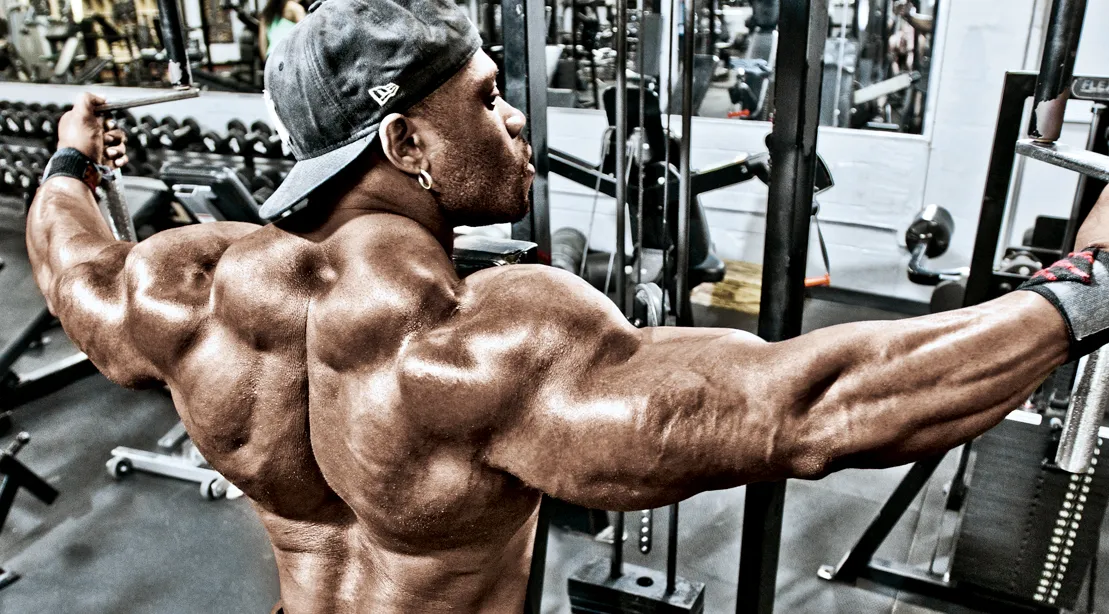
Why Are Bodybuilders Big But Not as Strong?
A common misconception is that bigger muscles always equal more strength. While muscle size contributes to strength, other factors play a role:
Training Adaptations – Bodybuilders train for hypertrophy, not maximal strength. Their muscles are larger but may lack the neurological efficiency that powerlifters develop.
Muscle Fiber Type – Strength athletes recruit more fast-twitch fibers, which generate more force but don’t necessarily increase muscle size.
Range of Motion & Exercise Selection – Bodybuilders often use isolation exercises and higher reps, while powerlifters train movements optimized for lifting heavy weights.
The Big 5 Strength Exercises
Regardless of your training focus, these five foundational compound movements should be in every strength or hypertrophy program:
- Squat – Builds lower body strength and overall power.
- Deadlift – Trains posterior chain muscles, grip strength, and full-body force production.
- Bench Press – Develops pressing power for the chest, shoulders, and triceps.
- Overhead Press – Strengthens shoulders, triceps, and upper back.
- Pull-Ups/Rows – Essential for developing upper body pulling strength and balanced muscular development.
These lifts form the foundation of both bodybuilding and strength training because they stimulate multiple muscle groups and drive progressive overload.
Should I Lift Heavy or Light to Gain Muscle?
The best approach depends on your goal:
- For Maximum Strength: Lift heavy weights (1-5 reps) with longer rest periods (3-5 minutes).
- For Muscle Growth: Use moderate weights (6-12 reps) with shorter rest periods (30-90 seconds) to induce greater muscle fatigue.
- For Muscle Endurance & Conditioning: Higher rep ranges (12-20 reps) with lighter weights are effective.
To optimize both muscle size and strength, a hybrid approach—incorporating low-rep strength work and moderate-rep hypertrophy training—can be the best of both worlds.
What is the 6-12-25 Rule?
The 6-12-25 rule is an advanced hypertrophy technique designed to maximize muscle fatigue and metabolic stress by combining different rep ranges in a single set. The method consists of:
A heavy compound exercise for 6 reps (e.g., Squats or Deadlifts) – Builds strength and activates fast-twitch fibers.
A moderate-weight exercise for 12 reps (e.g., Leg Press) – Increases volume and muscular endurance.
A light-weight exercise for 25 reps (e.g., Leg Extensions) – Induces muscular fatigue and a pump effect.
This combination forces muscles to adapt across multiple rep ranges, leading to increased growth and endurance.
Is a 30-Minute Workout Enough to Build Muscle?
Yes, a 30-minute workout can be effective for muscle growth, provided that intensity and exercise selection are optimized. Shorter workouts require:
Compound Movements – Prioritize multi-joint lifts like squats, deadlifts, and presses.
Minimal Rest Periods – Keep rest between sets short (30-45 seconds) to maintain intensity.
High-Intensity Training Techniques – Use supersets, drop sets, or rest-pause sets to maximize efficiency.
While longer workouts allow for more volume, a focused and intense 30-minute session can still lead to significant muscle gains, especially for beginners or those with tight schedules.
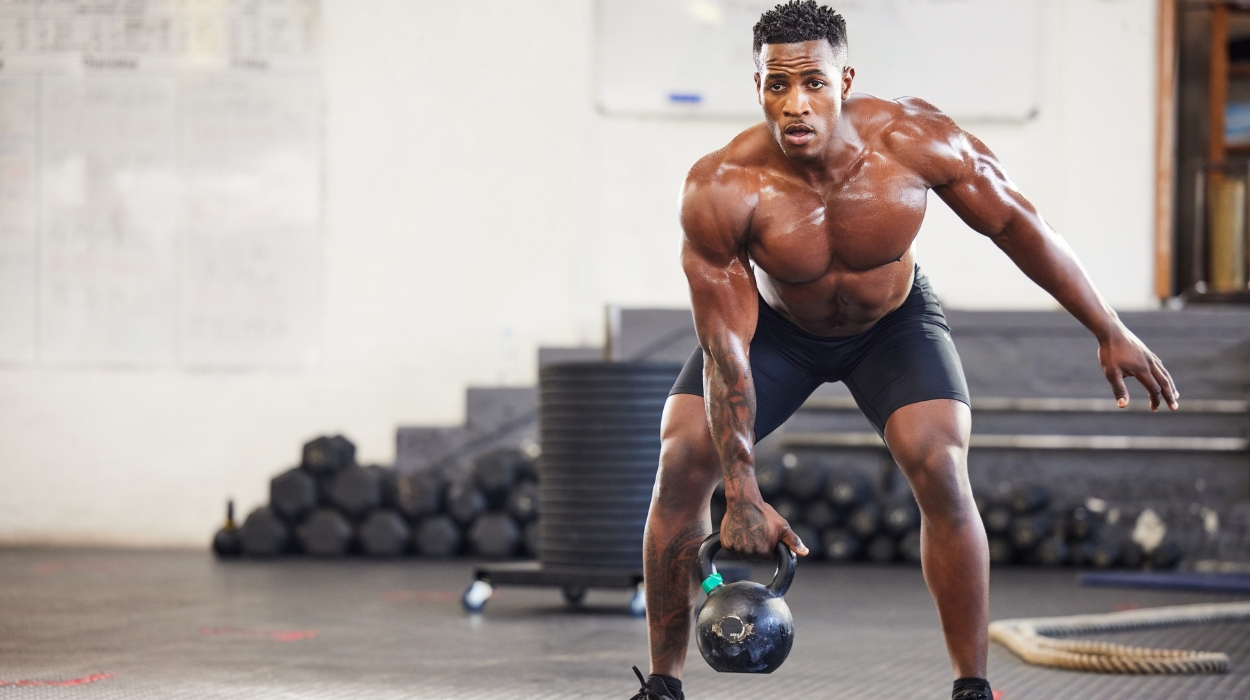
Which Training Style Is Best for You?
- Choose Strength Training if: You want to lift the heaviest weights possible, improve athleticism, or compete in powerlifting or Olympic lifting.
- Choose Bodybuilding if: Your main focus is on achieving an aesthetic, muscular physique with defined symmetry.
- Combine Both for the Best Results: Many lifters find success by using strength-focused training for compound lifts and hypertrophy training for accessory movements to build both strength and size.
Conclusion
While bodybuilding and strength training have different goals, both contribute to a well-rounded physique and improved fitness.
Whether you train for maximum muscle growth, raw strength, or a combination of both, understanding the principles behind each method allows you to structure an effective training program.
If you’re unsure which path to take, try incorporating elements of both. Use compound strength movements to build a solid foundation and add hypertrophy-focused accessories to maximize muscle growth. With the right strategy, you’ll achieve the best of both worlds—size and strength!

